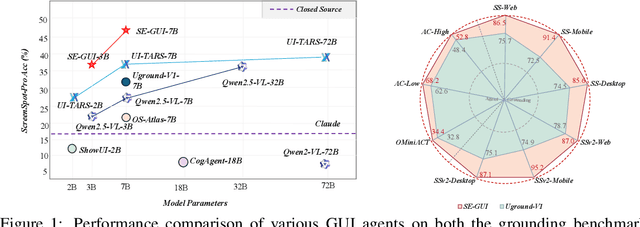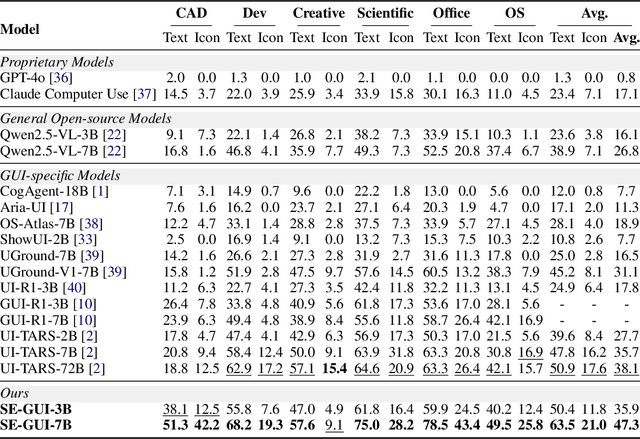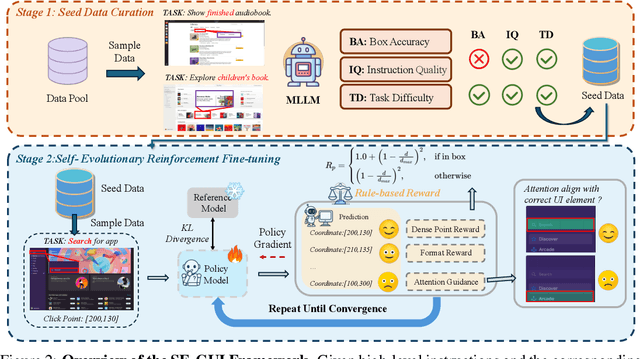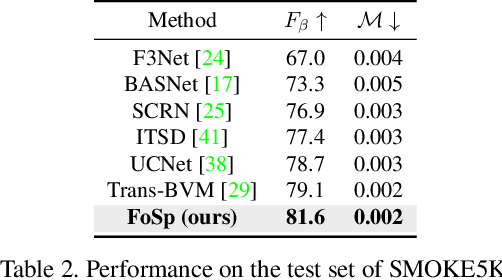Lujian Yao
Photography Perspective Composition: Towards Aesthetic Perspective Recommendation
May 27, 2025Abstract:Traditional photography composition approaches are dominated by 2D cropping-based methods. However, these methods fall short when scenes contain poorly arranged subjects. Professional photographers often employ perspective adjustment as a form of 3D recomposition, modifying the projected 2D relationships between subjects while maintaining their actual spatial positions to achieve better compositional balance. Inspired by this artistic practice, we propose photography perspective composition (PPC), extending beyond traditional cropping-based methods. However, implementing the PPC faces significant challenges: the scarcity of perspective transformation datasets and undefined assessment criteria for perspective quality. To address these challenges, we present three key contributions: (1) An automated framework for building PPC datasets through expert photographs. (2) A video generation approach that demonstrates the transformation process from suboptimal to optimal perspectives. (3) A perspective quality assessment (PQA) model constructed based on human performance. Our approach is concise and requires no additional prompt instructions or camera trajectories, helping and guiding ordinary users to enhance their composition skills.
Enhancing Visual Grounding for GUI Agents via Self-Evolutionary Reinforcement Learning
May 18, 2025



Abstract:Graphical User Interface (GUI) agents have made substantial strides in understanding and executing user instructions across diverse platforms. Yet, grounding these instructions to precise interface elements remains challenging, especially in complex, high-resolution, professional environments. Traditional supervised finetuning (SFT) methods often require large volumes of diverse data and exhibit weak generalization. To overcome these limitations, we introduce a reinforcement learning (RL) based framework that incorporates three core strategies: (1) seed data curation to ensure high quality training samples, (2) a dense policy gradient that provides continuous feedback based on prediction accuracy, and (3) a self evolutionary reinforcement finetuning mechanism that iteratively refines the model using attention maps. With only 3k training samples, our 7B-parameter model achieves state-of-the-art results among similarly sized models on three grounding benchmarks. Notably, it attains 47.3\% accuracy on the ScreenSpot-Pro dataset, outperforming much larger models, such as UI-TARS-72B, by a margin of 24.2\%. These findings underscore the effectiveness of RL-based approaches in enhancing GUI agent performance, particularly in high-resolution, complex environments.
ODCR: Orthogonal Decoupling Contrastive Regularization for Unpaired Image Dehazing
Apr 27, 2024



Abstract:Unpaired image dehazing (UID) holds significant research importance due to the challenges in acquiring haze/clear image pairs with identical backgrounds. This paper proposes a novel method for UID named Orthogonal Decoupling Contrastive Regularization (ODCR). Our method is grounded in the assumption that an image consists of both haze-related features, which influence the degree of haze, and haze-unrelated features, such as texture and semantic information. ODCR aims to ensure that the haze-related features of the dehazing result closely resemble those of the clear image, while the haze-unrelated features align with the input hazy image. To accomplish the motivation, Orthogonal MLPs optimized geometrically on the Stiefel manifold are proposed, which can project image features into an orthogonal space, thereby reducing the relevance between different features. Furthermore, a task-driven Depth-wise Feature Classifier (DWFC) is proposed, which assigns weights to the orthogonal features based on the contribution of each channel's feature in predicting whether the feature source is hazy or clear in a self-supervised fashion. Finally, a Weighted PatchNCE (WPNCE) loss is introduced to achieve the pulling of haze-related features in the output image toward those of clear images, while bringing haze-unrelated features close to those of the hazy input. Extensive experiments demonstrate the superior performance of our ODCR method on UID.
DFR-Net: Density Feature Refinement Network for Image Dehazing Utilizing Haze Density Difference
Jul 26, 2023



Abstract:In image dehazing task, haze density is a key feature and affects the performance of dehazing methods. However, some of the existing methods lack a comparative image to measure densities, and others create intermediate results but lack the exploitation of their density differences, which can facilitate perception of density. To address these deficiencies, we propose a density-aware dehazing method named Density Feature Refinement Network (DFR-Net) that extracts haze density features from density differences and leverages density differences to refine density features. In DFR-Net, we first generate a proposal image that has lower overall density than the hazy input, bringing in global density differences. Additionally, the dehazing residual of the proposal image reflects the level of dehazing performance and provides local density differences that indicate localized hard dehazing or high density areas. Subsequently, we introduce a Global Branch (GB) and a Local Branch (LB) to achieve density-awareness. In GB, we use Siamese networks for feature extraction of hazy inputs and proposal images, and we propose a Global Density Feature Refinement (GDFR) module that can refine features by pushing features with different global densities further away. In LB, we explore local density features from the dehazing residuals between hazy inputs and proposal images and introduce an Intermediate Dehazing Residual Feedforward (IDRF) module to update local features and pull them closer to clear image features. Sufficient experiments demonstrate that the proposed method achieves results beyond the state-of-the-art methods on various datasets.
FoSp: Focus and Separation Network for Early Smoke Segmentation
Jun 07, 2023



Abstract:Early smoke segmentation (ESS) enables the accurate identification of smoke sources, facilitating the prompt extinguishing of fires and preventing large-scale gas leaks. But ESS poses greater challenges than conventional object and regular smoke segmentation due to its small scale and transparent appearance, which can result in high miss detection rate and low precision. To address these issues, a Focus and Separation Network (FoSp) is proposed. We first introduce a Focus module employing bidirectional cascade which guides low-resolution and high-resolution features towards mid-resolution to locate and determine the scope of smoke, reducing the miss detection rate. Next, we propose a Separation module that separates smoke images into a pure smoke foreground and a smoke-free background, enhancing the contrast between smoke and background fundamentally, improving segmentation precision. Finally, a Domain Fusion module is developed to integrate the distinctive features of the two modules which can balance recall and precision to achieve high F_beta. Futhermore, to promote the development of ESS, we introduce a high-quality real-world dataset called SmokeSeg, which contains more small and transparent smoke than the existing datasets. Experimental results show that our model achieves the best performance on three available datasets: SYN70K (mIoU: 83.00%), SMOKE5K (F_beta: 81.6%) and SmokeSeg (F_beta: 72.05%). Especially, our FoSp outperforms SegFormer by 7.71% (F_beta) for early smoke segmentation on SmokeSeg.
 Add to Chrome
Add to Chrome Add to Firefox
Add to Firefox Add to Edge
Add to Edge